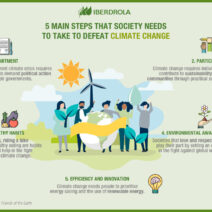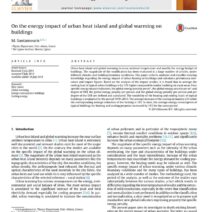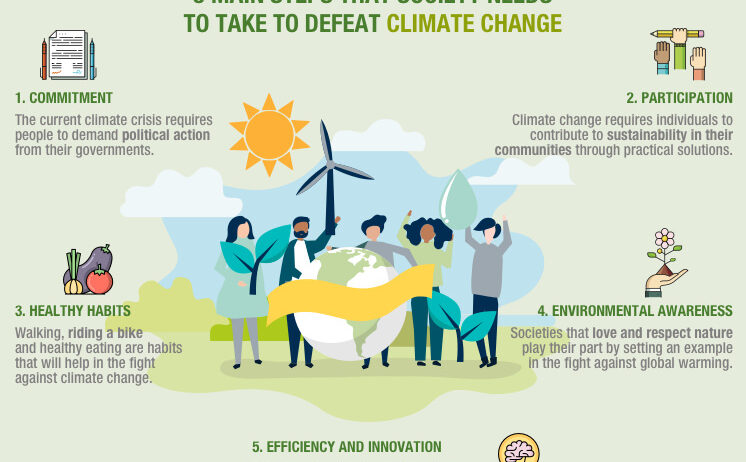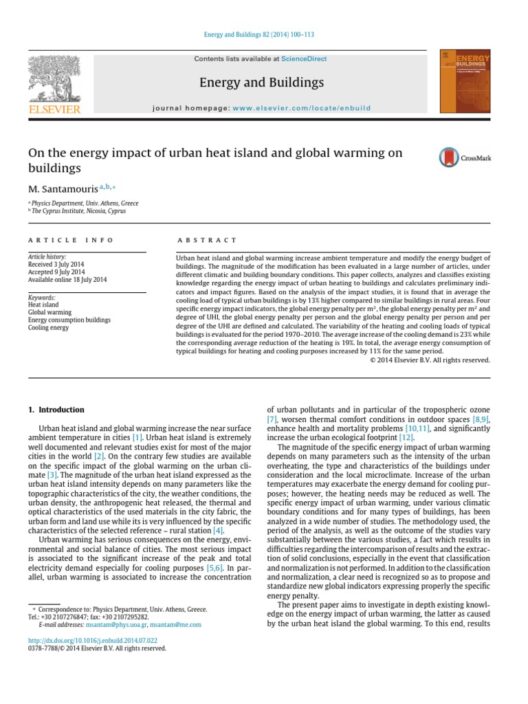As we traverse the landscape of climate change, a seemingly insurmountable question lingers in the air: How can nations band together to effectively combat this colossal adversary? The pernicious effects of climate change are felt universally, transcending borders, cultures, and economies. Yet, amid this grim backdrop, there are flickers of optimism—nations around the globe are stepping forward, adopting innovative strategies and policies that not only address these existential challenges but also provide a framework for others to emulate. This exploration delves into the mechanisms by which various countries are orchestrating a response to climate change, highlighting successful initiatives while pondering how those successes can inspire others.
Climate change manifests in myriad ways—from melting ice caps and rising sea levels to extreme weather events and food insecurity. To counteract these dire consequences, a multifaceted approach is essential. Nations must engage in a symphony of concerted efforts—embracing renewable energy, implementing robust policies, and fostering international cooperation. Each of these components plays a pivotal role in the global endeavor to mitigate climate change.
One striking example of successful transition is the commitment to renewable energy sources. Countries like Denmark and Germany have become paragons in the realm of wind and solar power production. Denmark, in particular, has achieved remarkable strides with its wind energy, generating nearly half of its electricity from wind turbines. This monumental shift is not merely a matter of harnessing natural resources; it embodies an ideological shift towards sustainability and a resilient future. As other nations look upon this achievement, the implicit challenge surfaces: Can they match or surpass this commitment? The very idea invites nations to engage in a friendly competition for sustainability.
In parallel, governments worldwide have begun to enact comprehensive climate policies aimed at reducing carbon emissions. For instance, the United Kingdom has set an ambitious target of reaching net-zero greenhouse gas emissions by 2050. This deterministic aim is buttressed by a plethora of regulatory initiatives, including the phasing out of coal power plants and the promotion of electric vehicles. The UK’s rigorous approach illustrates that concrete policy can serve as a catalyst for significant change, but it simultaneously raises questions: Are other nations equipped with the political will to adopt such stringent measures? Can global collaboration enhance the efficacy and reach of these policies?
However, policy adjustments alone are insufficient. Investment in green technology is paramount. Countries such as China and the United States are at the forefront of this endeavor, funneling financial resources into the research and development of sustainable technologies. From electric vehicles to cutting-edge energy storage systems, these innovations promise to transform the landscape of carbon emissions. Yet, the challenge remains: How can nations balance technological advancement with economic growth? The answer lies in a strategic commitment to sustainable development that fosters both innovation and prosperity.
While countries strive for Indisputable progress, international cooperation remains an indispensable cornerstone. The Paris Agreement exemplifies this concept—a global pact that unites nearly 200 nations in the shared pursuit of limiting global warming to well below 2 degrees Celsius. This cooperative framework encourages transparency, accountability, and support for developing nations that aim to address climate change. However, the execution of such a monumental agreement often exposes systemic inequities—wealthier nations have historically contributed more to emissions, leaving less developed countries to navigate the turmoil. Herein lies a crucial challenge: How can developed nations extend equitable support to ensure that all players are poised to contribute to global health?
This question hues toward an underlying theme of solidarity in the climate fight. Nations like Costa Rica have not only embraced sustainability but have also served as an exemplar of eco-friendly policies, achieving more than 99% of its electricity from renewable sources. Costa Rica’s success begs contemplation: What if all nations adopted such a framework of environmental stewardship? The hypothetical stimulates a conversation about collective responsibility and mutual accountability.
Environmental activism has also risen to prominence in recent years, pressing governments to respond swiftly to climate concerns. Movements such as Fridays for Future, spearheaded by young activists worldwide, have galvanized public support for urgent climate action. This burgeoning engagement prompts further inquiry: How can societal forces propel governments toward more decisive action? It is clear that the desire for meaningful change often originates from the populace, but a cohesive campaign is vital for creating coherent public policy.
Furthermore, the interdependence of ecological systems complicates the landscape of climate change mitigation. Addressing issues such as deforestation, water conservation, and biodiversity loss will require multifaceted approaches that transcend traditional political boundaries. Countries like Brazil run the risk of exacerbating climate change through policies that undermine the Amazon rainforest. Thus, the question arises: How can nations navigate the delicately balanced ecosystems that necessitate comprehensive conservation efforts?
Ultimately, the crusade against climate change challenges nations to engage not only in self-reflection but also in self-correction. The initiatives taken by frontrunning countries offer blueprints, establishing models of sustainability that others can adopt. However, these efforts must be accompanied by a fierce commitment to equity and inclusivity—ensuring that no nation is left behind in itself striving toward a resilient and sustainable future. As nations grapple with these vast issues, the fundamental question persists: How can the world come together to move the needle on climate change? It beckons for collaboration, innovation, and an unwavering resolve. With the facts laid bare, it is now the time for action.







